20 Tips for Prepping at Night When It’s Dark
Prepping is an essential skill that can help us stay prepared for any unexpected situations. While prepping during the day may seem easier, prepping at night when it’s dark comes with its own set of challenges. Sometimes it’s appropriate to simulate a situation to see how we would react. It may take working in a similar environment to determine the materials or equipment that it would take to survive.
If you decide to prep at night or you’re just looking for a safer time to do prepping, then here are tips for prepping at night when it’s dark. Flashlight
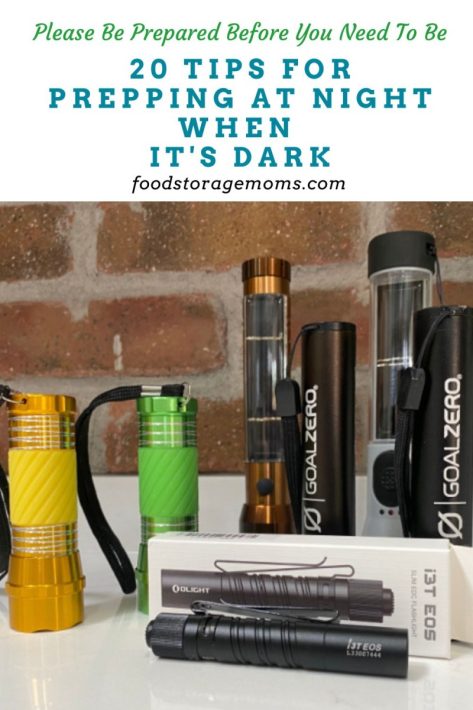
1. Illuminate Your Surroundings
Ensure that you have adequate lighting around your prep area. Invest in high-quality, long-lasting flashlights, lanterns, and headlamps. Consider solar-powered options for sustainable lighting solutions. What to Use for Emergency Lighting
I have some solar-powered flashlights that are small but powerful. They are kept charged all the time so they’re ready to go when needed. You simply put them on a window sill during the day so the sunlight can charge them up. There are also solar-powered lanterns available too.
2. Create a Checklist
No matter what time you think is the best time to perform preparation steps, you need a plan in place. Prepare a comprehensive checklist before you head out to gather supplies. This will help you stay organized and ensure that you don’t miss anything important. The Best Emergency Supply Checklist
3. Plan Ahead
Know what you need and where to find it. Familiarize yourself with your prep supplies and their locations. This will save time and reduce confusion in the dark. Emergency Preparedness-Make A Plan Staying focused is hard enough during the day when things are easier to see. The old saying: “a place for everything and everything in its place” is very appropriate for preppers who are organized and plan ahead. It is also wise to perform some practice exercises with all family members so everyone is on the same page when an emergency hits home.
4. Use Glow Sticks and Markers
Glow sticks and markers are perfect for marking paths, important areas, and hazardous spots. They provide clear visibility and are easy to attach to various objects.
5. Secure Your Property
Before darkness falls, make sure to lock doors, close windows, and secure your property. This will prevent unwanted surprises and keep you safe. 20 Ways to Step Up Security Measures Around Your Property Consider installing outside camera equipment so you can see and record what’s going on at all times.
6. Maintain Noise Discipline
Be mindful of noise levels during nighttime prepping. Keep conversations and movements as quiet as possible to avoid drawing attention to yourself.
7. Dress Appropriately
Wear dark clothing to blend into the surroundings, but also consider reflective materials for safety purposes. Dress in layers to accommodate changing temperatures. What Preppers Prepare For
8. Have a Communication Plan
Establish a communication plan with your family or group members. Designate a meeting point and establish a system for relaying information. Communication Options for Your Family During a Disaster
9. Carry a First Aid Kit
In case of any injuries or emergencies, a well-stocked first aid kit is essential. Make sure it contains all the necessary items and that you are familiar with how to use them. First Aid Kits-What You Need To Survive
10. Practice Navigation Skills
Learn basic navigation skills using a compass, maps, or GPS. This will help you find your way in the dark and avoid getting lost. How to Be Tougher Mentally As a Prepper We all hope to be able to shelter in place. There are times that we are directed to evacuate or we determine on our own that it’s the best approach. If that’s the case, we need to be able to find our way outside, and possibly in unfamiliar territory.
11. Pack Extra Batteries
Keep extra batteries for your flashlights, radios, and other essential devices. Regularly check and replace batteries to ensure they are always functional. Why You Should Keep Batteries on Hand For those devices that have rechargeable batteries, have the equipment to keep them charged. Power banks work great and come in some pretty small sizes these days.
12. Secure Food and Water
Stock up on non-perishable food items and clean water. Rotate these supplies regularly to maintain freshness. How To Store Emergency Food And Water Daylight or nighttime, we still need to eat and stay hydrated.
13. Use Noise-Muffling Techniques
Avoid using loud power tools or generators during nighttime prepping. Instead, opt for quieter alternatives or use noise-muffling techniques like placing them on rubber mats.
14. Stay Hydrated
In the darkness, it’s easy to forget to drink enough water. Keep hydrated by setting reminders or carrying a water bottle with you at all times. Strategies for Conserving Water in an Emergency
15. Calm Your Mind
Prepare mentally for the challenges of prepping at night. Practice relaxation techniques to stay calm and focused during potentially stressful situations. Managing the Mental Stress of Prepping If you’re going to prep at night, consider taking a nap during the day so you’re mental capacity isn’t compromised. You’ll be making some critical, if not lifesaving decisions, so being alert is important.
16. Have Emergency Contacts
Store emergency contact numbers in your phone and have them easily accessible. In case of an emergency, knowing who to call can save precious time. How to Choose the Right Backpack for Emergency Situations
17. Secure Perimeter Defense
Be prepared for potential threats by securing your perimeter. Install motion-activated lights or set up a security system to deter intruders. Pros and Cons of a Human Proof Fence Flashing lights or a siren can do wonders to scare intruders away!
18. Prioritize Essential Tasks
When darkness limits visibility, prioritize essential prepping tasks. Focus on gathering supplies, securing shelter, and ensuring personal safety. Invaluable Tools Necessary for Transporting Emergency Supplies
19. Maintain Situational Awareness
Stay aware of your surroundings and pay attention to any unusual sounds, smells, or movements. Trust your instincts and be prepared to react if necessary.
20. Practice Emergency Drills
Regularly practice emergency drills with your family or group members. This will ensure that everyone knows their roles and can perform them effectively in the dark. 125 Preparedness Items You Need To Stock
More Tips
- What Can Old Keys Be Used for in Prepping?
- 20 Reasons Why Fishing is Beneficial to Emergency Preparedness
- How to Use Plastic Bottles for Prepping
Final Word
Prepping at night when it is dark requires careful planning, preparation, and a focused mindset. Following these 20 tips, you can efficiently navigate the challenges of nighttime prepping, stay safe, and be better prepared for any unforeseen circumstances. Remember, preparedness is key, regardless of the time of day or night. May God Bless this World, Linda

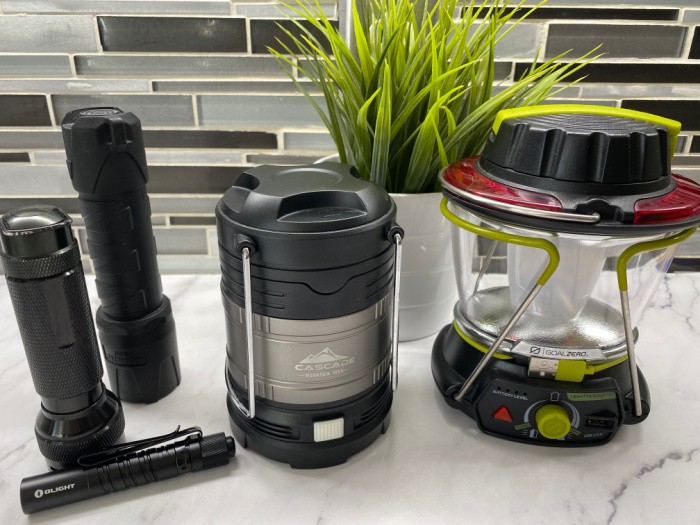

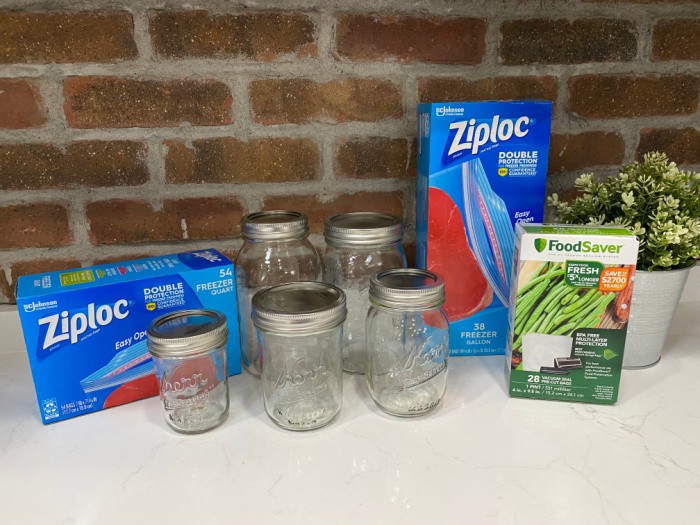
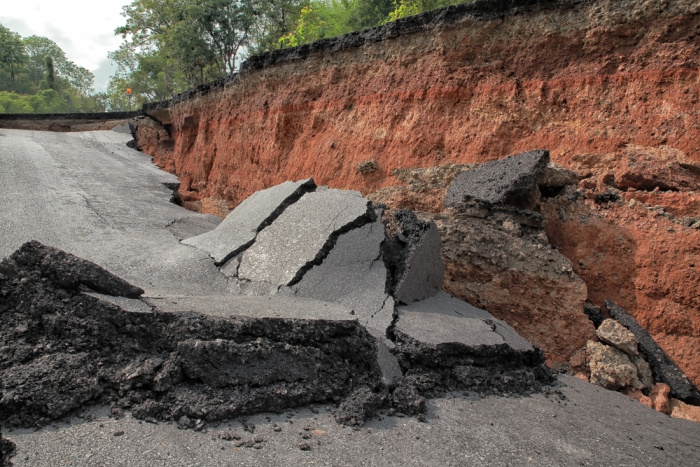
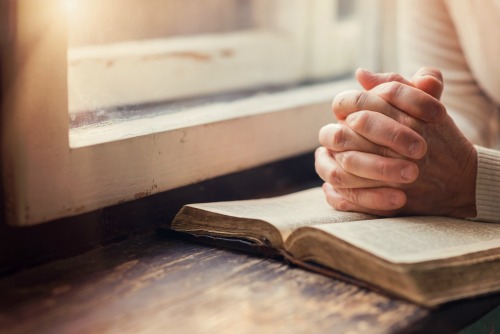
















My daughter keeps multicolored packs of glow sticks with lanyards. When the power goes off at night she puts one on each of her four children. They each have a specific color so they have enough light to move around the house and she knows at a glance which child it is. One of her boys is autistic, reacts to changes in schedule/environment, and so the fascination of a colored light hanging around his neck helps to keep him calmer. Win/win for her.
Hi Rebecca, glow lights on lanyards, what? Oh, I need to check those out for sure! What a great idea. That is a win/win for your daughter and her son. Great comment, thank you, Linda
Most domestic fencing for the most part isn’t going to be human proof however it is a solid defined barrier that will keep you on the right side of the law should something happen in an event. There is a strong likelihood that after most emergencies that ROL Rule Of Law will continue.
Most neighborhoods have open front yards that have zero use except to open traffic flow to the residence. That is exactly what you don’t want in an emergency especially after dark.
HI Matt, you know you are so right about fencing! In the olden days when we were raising our girls we had a chain link fence in the backyard and we lived on a corner lot. I would love a fence out front these days, maybe not chainlink but something to keep my dog in and slow down the people trying to enter our home after an incident. I can only think of 3 homes that have a fence out front in our neighborhood. They are mostly ornamental but they would still slow people down. Great comment, it will make us all think twice about our front yards now. Thank you, Linda
Night vision is very accessible and much more affordable than it used to be. The low end can be a hand held scope for around $100, even sold at Walmart, up to thermal devices that are thousands or top end NVGs in the tens of thousands. They even make some for your phone that plug in however you will be lit up by the screen so they aren’t the best for defense and we’re designed more for searching non threat targets like lost dogs or kids.
Hi Matt, you are so right, night vision equipment is more affordable. You taught me about the Olight flashlights, the best flashlight ever. I have my eye on one more that would light up my backyard that you showed me. Flashlights are critical. Linda
Weapon mounted lights are a must. Target identification is needed especially in rural areas where the banging on your door is a scared neighbor not a bad guy. The bump in the night is a hungry kid not a burglar. The cat food dish being slid around on the porch is from a skunk and not the cat.
Many even come with laser options, for those scared shaky hands, and strobing lights which are great for disorienting targets possibly keeping you from having to shoot them.
Some like Olight are rechargeable and they make many models of handheld that I use daily feeding cattle n goats.
If you put a light on a handgun then you’ll need to find a holster manufacturer that’ll make one for that model. Greyman Solutions is one.
Remember that lights work both ways so don’t just walk around with it on.
Thanks Matt, for the information and sharing your wisdom.
One of the items in my lights out kit is a headlamp for each person. If my husband has to repair something to get the lights working, he can easily see what he is doing. If the electricity is off, then our garage door isn’t going to easily open so once we have the car ready to go (if we are bugging out), then the headlamps will allow us to pack the car and prepare to leave without a huge light print. Our headlamps have 3 sources of power: solar, recharge using USB and battery. The headlamps are a big plus for me since I walk with a cane and with a headlamp, I can carry something and have light.
HI Topaz, oh I would love headlamps that use solar, USB and batteries. Great tip! Mine just use batteries. I need to up y game and buy the ones you have. Great tip! Linda